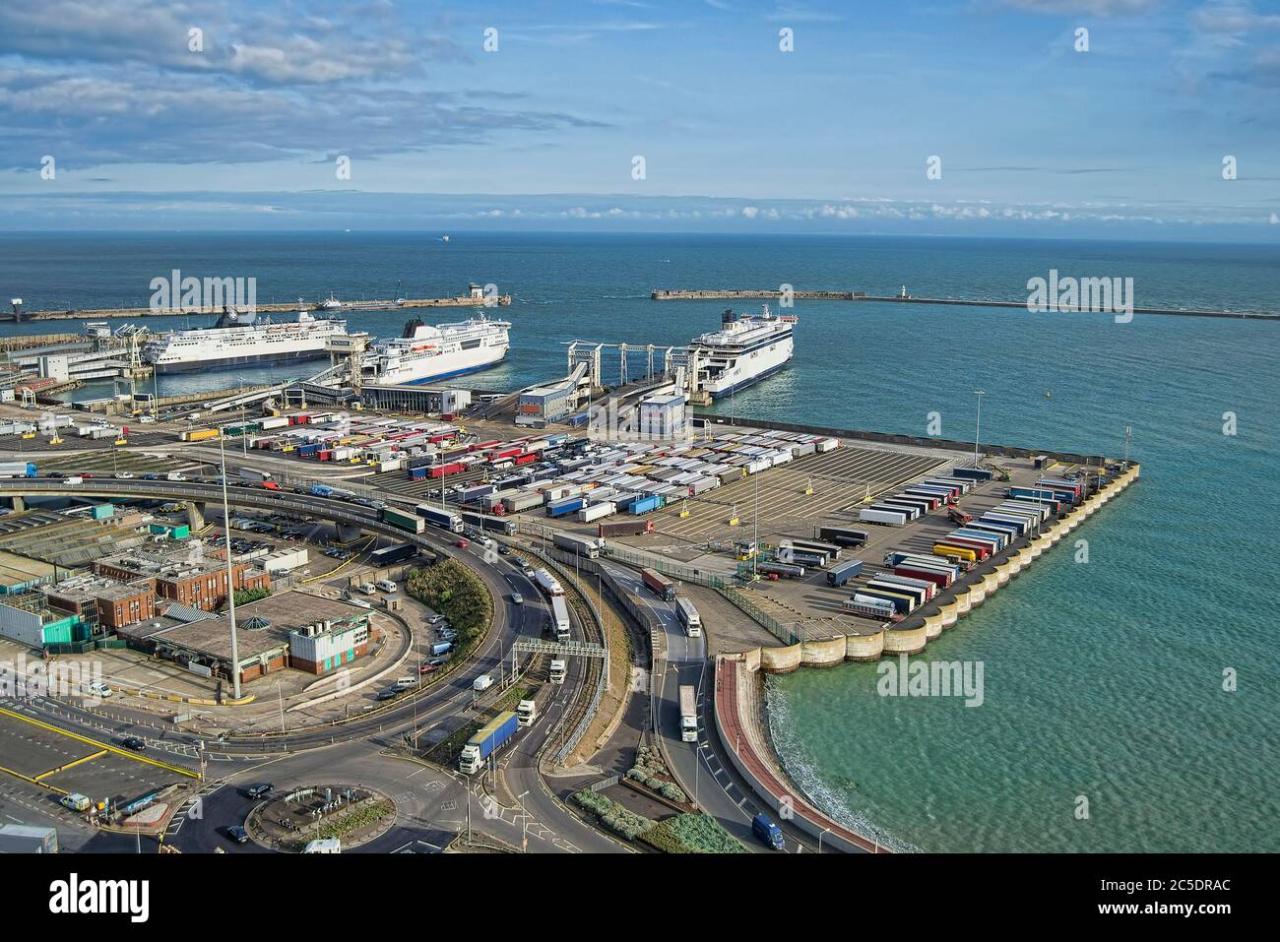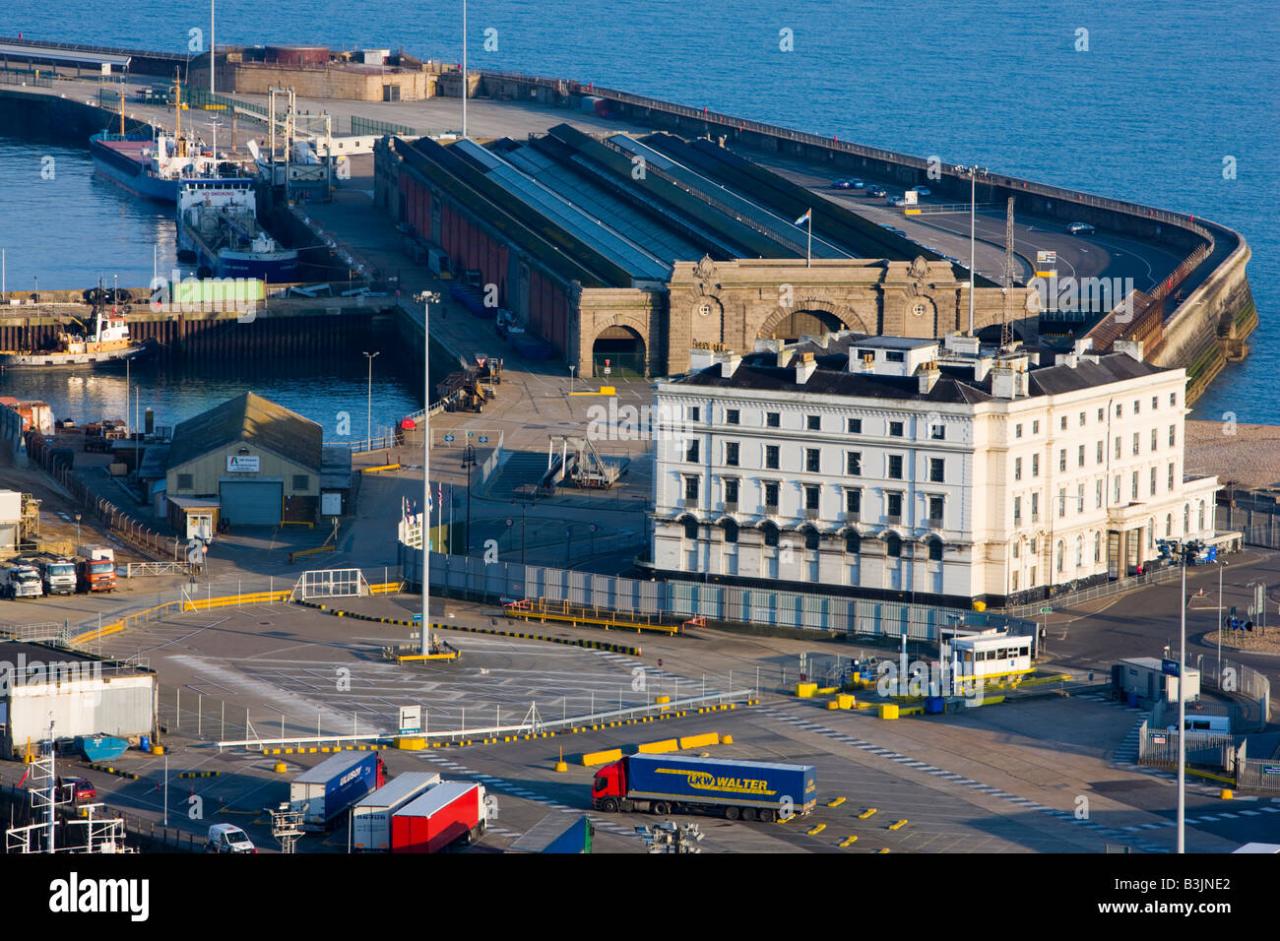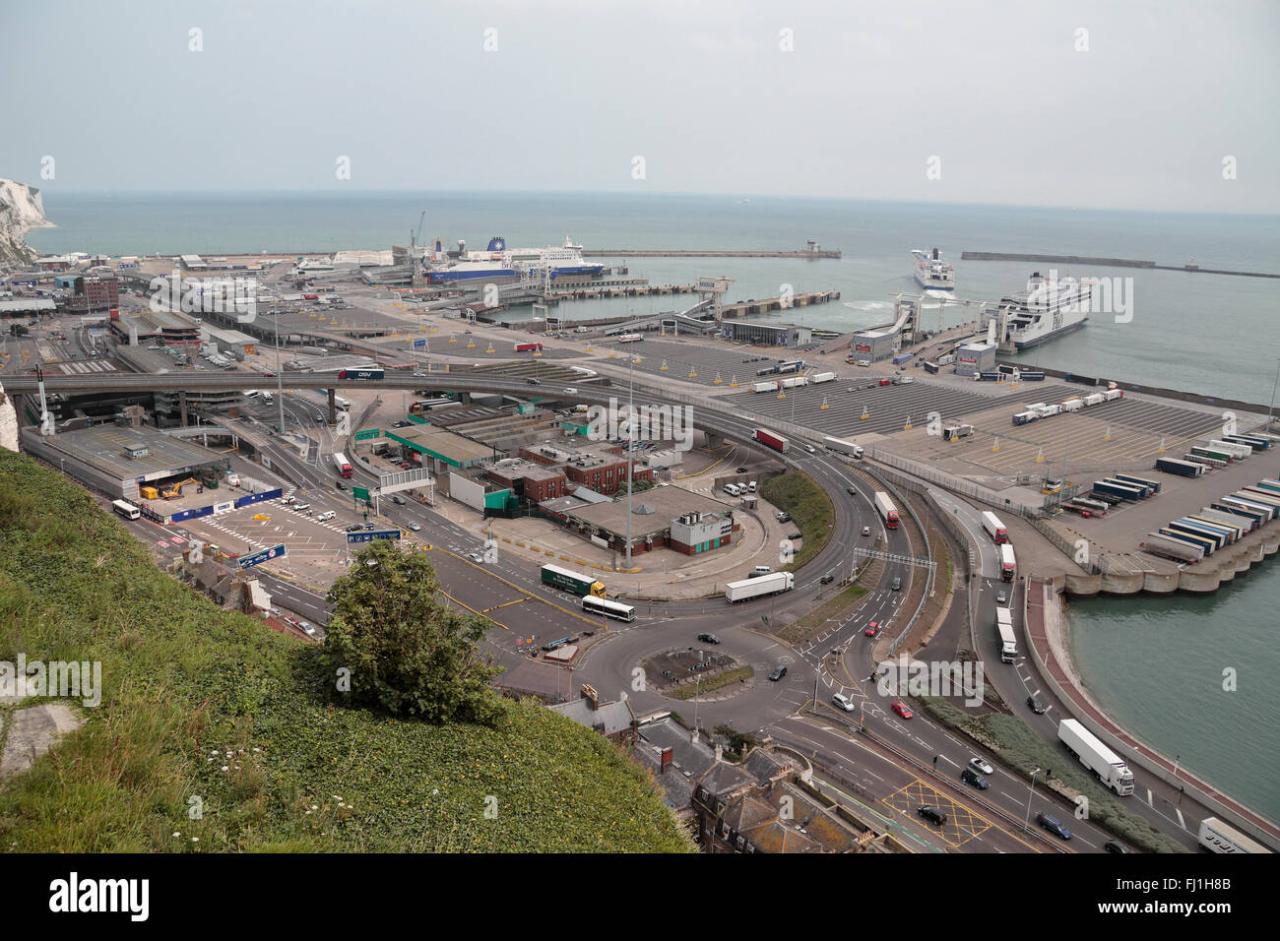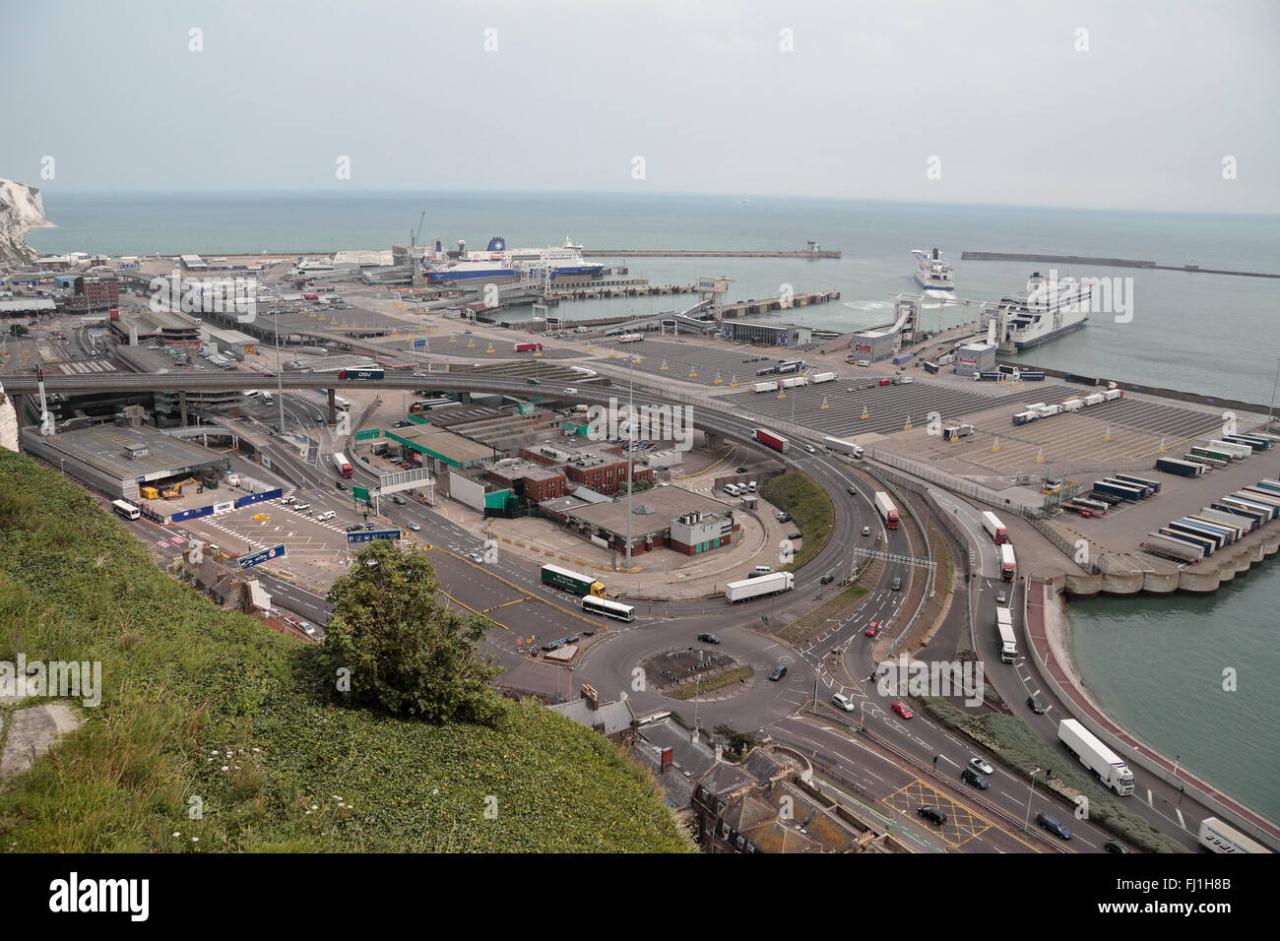Port Dover camera surveillance offers a fascinating case study in balancing public safety and individual privacy. This exploration delves into the various types of cameras deployed throughout Port Dover, their geographical coverage, and the legal and ethical considerations surrounding their use. We will examine how these cameras impact tourism, local security, and the daily lives of residents, exploring both the benefits and potential drawbacks of this technology.
The system encompasses security cameras monitoring key locations, traffic cameras managing pedestrian and vehicular flow, and potentially weather cameras providing real-time meteorological data. Analyzing the resolution, viewing angles, and coverage areas of these cameras allows for a comprehensive understanding of their capabilities and limitations. This analysis also considers the implications of data collection and storage, addressing concerns about potential privacy violations and the necessity for robust data protection policies.
Port Dover Camera Network: A Comprehensive Overview
Port Dover, a charming town on the shores of Lake Erie, utilizes a network of cameras for various purposes, impacting both its residents and its vibrant tourism sector. This overview delves into the locations, types, accessibility, and overall impact of these camera systems.
Port Dover Camera Locations & Coverage
Publicly accessible cameras in Port Dover are strategically positioned to provide comprehensive coverage of key areas. These locations include, but are not limited to, the main waterfront area, popular tourist attractions like the lighthouse and the downtown core, and major intersections for traffic monitoring. The exact number and precise locations of all cameras are not publicly disclosed for security reasons.
However, based on observable camera placements and reported coverage, a general overview can be provided.
The geographical coverage area varies depending on the camera’s location and specifications. Cameras positioned on higher ground, such as near the lighthouse, offer a wider field of view, encompassing several blocks and parts of the lake. Cameras at street level provide more focused coverage of specific intersections or pedestrian areas. The resolution capabilities also differ; newer systems generally boast higher resolution than older ones, allowing for clearer image capture.
| Location | Latitude/Longitude | Coverage Area (km²) | Resolution (pixels) |
|---|---|---|---|
| Main Street Intersection | 42.96° N, 80.02° W (Approximate) | 0.25 | 1920×1080 |
| Port Dover Lighthouse Area | 42.97° N, 80.01° W (Approximate) | 0.75 | 2560×1440 |
| Waterfront Park | 42.96° N, 80.03° W (Approximate) | 0.50 | 1280×720 |
| Downtown Core (example) | 42.96° N, 80.02° W (Approximate) | 0.3 | 1920×1080 |
Types of Port Dover Cameras & Their Uses

Port Dover employs a variety of camera types, each serving a specific purpose. These include security cameras focused on deterring crime and monitoring public spaces, traffic cameras managing traffic flow and ensuring safety at intersections, and potentially weather cameras for monitoring local conditions.
Security cameras offer a visual deterrent to crime and provide footage for investigations. Traffic cameras aid in managing congestion and improving traffic flow, while weather cameras, if present, would contribute to local weather forecasting and emergency preparedness. Each camera type presents both benefits (enhanced security, improved traffic management, weather data) and drawbacks (privacy concerns, potential for malfunction, initial investment costs).
The integration of these systems into Port Dover’s infrastructure is likely seamless, with camera feeds potentially integrated into a central monitoring system, accessible by law enforcement and relevant municipal departments.
Port Dover Camera Accessibility & Privacy

The use of publicly accessible cameras raises important legal and ethical considerations regarding privacy. Balancing the need for security and public safety with the protection of individual privacy is crucial. The unauthorized access and distribution of camera footage could be a serious violation.
- Public access to live camera feeds should be strictly limited to authorized personnel.
- Recorded footage should be securely stored and only accessible to law enforcement or authorized personnel with a legitimate need.
- Clear signage should be posted informing the public of camera surveillance.
- Data retention policies should be established to limit the storage duration of recorded footage.
- A robust system for handling data breaches and complaints should be in place.
- Regular audits of the camera system’s operation and compliance with privacy regulations should be conducted.
Visual Representation of Port Dover via Camera Footage
A typical visual representation from a Port Dover camera during peak tourist season would showcase bustling streets, crowded waterfront areas, and vibrant activity in the downtown core. During less busy times, the imagery would reflect a quieter atmosphere, highlighting the town’s peaceful charm.
Lighting conditions would vary significantly depending on the time of day and weather. Sunny days would produce bright, well-lit footage, while overcast days or nighttime would result in lower light levels. Weather patterns such as rain, snow, or fog would also be clearly visible. Time-lapse videos could effectively capture the dynamic changes in the town throughout the day and across seasons.
Imagine a camera focused on the Port Dover Lighthouse at sunset. The image would show the lighthouse silhouetted against a fiery orange and pink sky, with the calm waters of Lake Erie reflecting the vibrant colors. People are strolling along the pier, enjoying the evening, creating a serene and peaceful atmosphere.
Impact of Port Dover Cameras on Tourism & Safety

Camera surveillance contributes to the safety and security of both residents and tourists by deterring crime and assisting in investigations. The presence of cameras can also provide a sense of security, making visitors feel more comfortable and confident.
High-quality camera footage can be used to promote tourism by showcasing the town’s attractions and highlighting its beauty. However, concerns regarding privacy must be carefully managed to avoid any negative impact on tourism. The use of cameras in Port Dover can be compared to similar initiatives in other tourist destinations, which have shown both positive and negative impacts on tourism, depending on how the systems are implemented and managed.
- Positive Impacts: Enhanced security, improved visitor confidence, better traffic management, opportunities for tourism promotion.
- Negative Impacts: Privacy concerns, potential for misuse of footage, initial investment costs, negative perception if not managed properly.
Ultimately, the Port Dover camera network presents a complex interplay of technological advancement, public safety, and individual rights. While enhancing security and potentially boosting tourism, careful consideration of privacy concerns and transparent data handling practices are crucial for responsible implementation. The future of such systems hinges on striking a balance that ensures the benefits outweigh the risks, fostering a safe and secure environment while respecting the privacy of all citizens and visitors.
General Inquiries: Port Dover Camera
Are the Port Dover camera feeds publicly accessible?
The accessibility of Port Dover camera feeds varies depending on the type of camera and its intended purpose. Some feeds may be publicly accessible for transparency, while others are restricted for security reasons.
How is the data from Port Dover cameras stored and protected?
Data storage and protection protocols should adhere to relevant privacy laws and regulations. This typically involves secure server storage, encryption, and access control measures to prevent unauthorized access and data breaches.
What happens if there’s a malfunction with a Port Dover camera?
Maintenance protocols should be in place to address malfunctions promptly. This might involve automated alerts, regular inspections, and rapid repair or replacement of faulty equipment.
